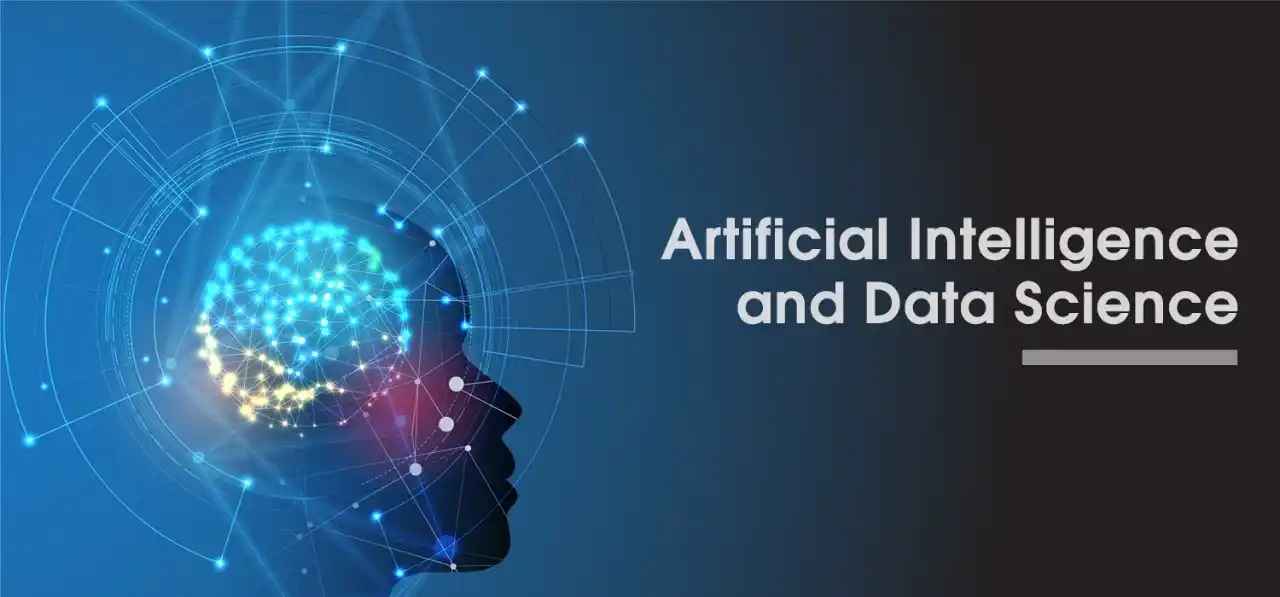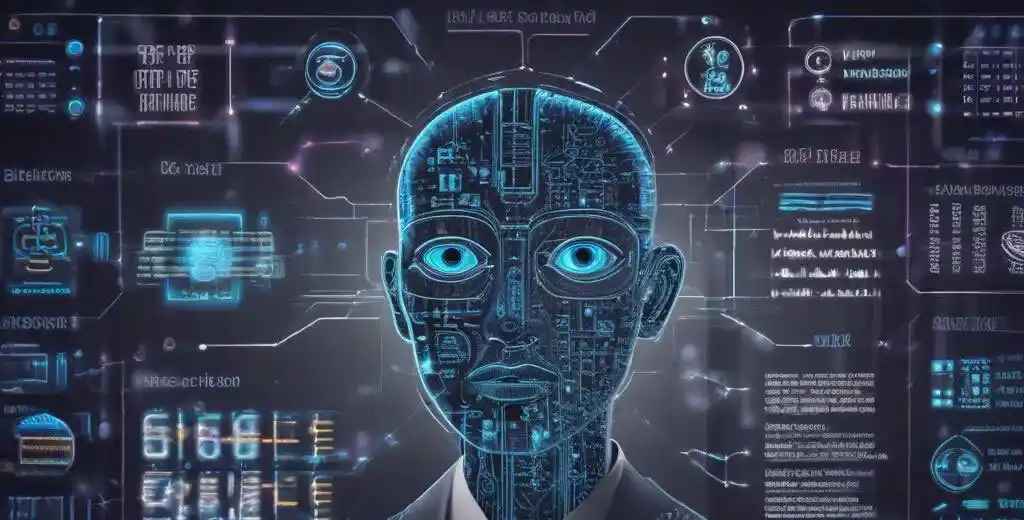A Guide to Artificial Intelligence and Data Science
Updated on : 5 AUGUST, 2025

Image Source: hexadecimalsoftware.com
Table Of Contents
- 1. Introduction
- 2. Understanding AI and DS
- 3. Core Components of AI and DS
- 4. How AI Works
- 5. How Data Science Works
- 6. AI and DS Applications
- 7. Benefits of AI and DS
- 8. AI vs Data Science
- 9. Skills Required in AI and DS
- 10. Challenges and Limitations
- 11. Future Scope of AI and DS
- 12. Who Should Learn AI and DS?
- 13. Getting Started with AI and DS
- 14. FAQs
Table Of Contents
Introduction
Artificial Intelligence (AI) and Data Science (DS) are driving innovation in every sector by enabling machines to process large amounts of data, learn from it, and make intelligent decisions. From chatbots and recommendation systems to predictive analytics and autonomous vehicles, AI & DS are transforming businesses and human life.

Image Source: google.com
Understanding AI and DS
- Artificial Intelligence (AI): The field of computer science that focuses on creating smart machines capable of performing tasks that typically require human intelligence, such as learning, reasoning, and problem-solving.
- Data Science (DS): The process of collecting, analyzing, and interpreting massive datasets to discover patterns, insights, and solutions using tools like statistics, machine learning, and data visualization.
Learn more about AI & DS Services
Harness the power of AI and Data Science to unlock growth, efficiency, and smarter decision-making.
| Term | Description |
|---|---|
| Artificial Intelligence | Enables machines to simulate human intelligence and decision-making. |
| Data Science | Analyzes structured and unstructured data to derive actionable insights. |
| Machine Learning | A subset of AI that learns from data to improve performance over time. |
| Deep Learning | An advanced branch of ML that uses neural networks for complex tasks like image and speech recognition. |
Core Components of AI and DS
AI and Data Science integrate several technologies to deliver intelligent solutions:
| Component | Role |
|---|---|
| Data Collection | Gathering raw data from various sources. |
| Data Processing | Cleaning, transforming, and structuring data. |
| Machine Learning Algorithms | Learning patterns and making predictions. |
| Visualization | Representing data insights in graphical formats. |
| Automation | Implementing decisions without human intervention. |

Build Smart AI & Data Science Solutions with Us
How AI Works
| How AI Works |
|---|
| 1. Data Input: Collects data from multiple sources. |
| 2. Processing: Analyzes the data using algorithms. |
| 3. Learning: The system improves over time with more data. |
| 4. Decision-Making: Produces intelligent actions or recommendations. |
How Data Science Works
- Data Extraction: Acquiring raw data.
- Data Cleaning: Removing errors and inconsistencies.
- Data Analysis: Using statistical models and machine learning.
- Insight Generation: Creating reports or predictive models for decision-making.
AI and DS Applications

Image Source: google.com
| Industry | Application |
|---|---|
| Healthcare | Disease prediction, personalized treatments, medical imaging analysis. |
| Finance | Fraud detection, risk assessment, algorithmic trading. |
| E-commerce | Recommendation engines, dynamic pricing. |
| Manufacturing | Predictive maintenance, quality control. |
| Education | AI tutors, adaptive learning platforms. |
| Transportation | Self-driving cars, route optimization. |
Benefits of AI and DS
- Data-driven decision making
- Increased automation and efficiency
- Real-time predictive analytics
- Better customer experiences
- Improved problem-solving capabilities
You Might Also Like
AI vs Data Science
| Aspect | AI | Data Science |
|---|---|---|
| Focus | Intelligence and automation | Data analysis and insights |
| Techniques | ML, Neural Networks, NLP | Statistics, ML, Visualization |
| Goal | Mimic human intelligence | Extract knowledge from data |
| Output | Actions, predictions, automation | Reports, dashboards, predictions |
Skills Required in AI and DS
| Skills Required in AI and DS |
|---|
| Programming (Python, R, Java) |
| Mathematics and Statistics |
| Machine Learning & Deep Learning |
| Data Visualization (Tableau, Power BI) |
| Big Data Tools (Hadoop, Spark) |
Challenges and Limitations
- Data quality and privacy concerns
- High computational cost
- Need for skilled professionals
- Ethical considerations in AI decision-making
Future Scope of AI and DS
| Future Scope of AI and DS |
|---|
| Generative AI & automation |
| Quantum computing advancements |
| Better personalization in services |
| Smarter IoT devices |
Who Should Learn AI and DS?
| Who Should Learn AI and DS? |
|---|
| Students interested in future tech careers |
| Data analysts aiming to upskill |
| Software engineers transitioning to AI roles |
| Business professionals seeking data-driven decision-making |

Looking to build AI & Data Science-powered solutions for your business?
Getting Started with AI and DS
| Getting Started with AI and DS |
|---|
| 1. Learn programming languages like Python or R. |
| 2. Study statistics and machine learning fundamentals. |
| 3. Practice with datasets using tools like Pandas and TensorFlow. |
| 4. Build small AI or data analysis projects. |
| 5. Explore advanced topics like deep learning and NLP. |
FAQs
Q1: Are AI and Data Science the same?
A: No. AI focuses on creating intelligent systems, while DS focuses on extracting insights from data, often feeding AI models.
Q2: Do I need coding knowledge to learn AI & DS?
A: Basic coding is essential, especially Python for AI and data processing tasks.
Q3: What is the salary scope for AI & DS professionals?
A: AI & DS professionals are among the highest-paid tech experts globally, with salaries depending on skills and experience.
Q4: Which tools are widely used in AI & DS?
A: Python, R, TensorFlow, PyTorch, Pandas, Tableau, Power BI, Hadoop, and Spark.
Q5: Can AI work without Data Science?
A: AI relies heavily on quality data and analysis, making Data Science a foundational part of AI development.





